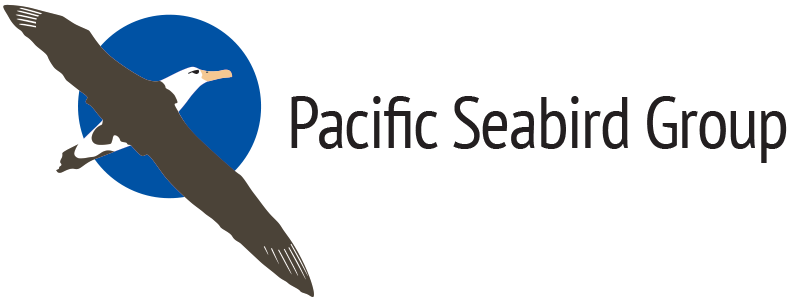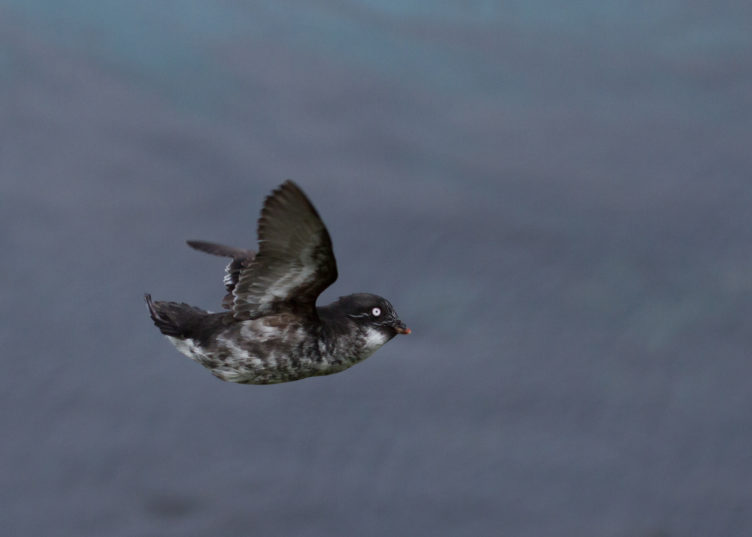Shannon Fitzgerald
Shannon Fitzgerald is the leader of the NOAA Fisheries Alaska Fisheries Science Center’s Coordinated Seabird Studies Group. Shannon grew up in central western Minnesota in a conservation minded family. He received a B.S in Wildlife Management from the University of Minnesota where he worked on a study of the Ecology of the West Indian Manatee in Florida. After a season
completing prescribed burns on native prairie he began employment with NOAA in 1982 as a tuna/porpoise observer and then went on to study interspecific competition between snowshoe and Arctic hares, completing fieldwork for a M.Sc. in Wildlife Ecology from the University of Wisconsin. He completed fishery observer and research cruises in the Antarctic, the Eastern Tropical Pacific, the North Pacific Transition Zone, and the Bering Sea. While seabirds were not the focus of these cruises, their constant presence and rich ecology were astonishing. Returning to NOAA as part of the High Seas Driftnet Program, a group awarded the Dept. of Commerce Silver Medal, he worked with the USFWS and together they helped bring about important changes to the North Pacific Groundfish Observer Program, implementing seabird monitoring responsibilities and quality seabird training for observers. After 10 years he took on a new position created to focus on seabird/fishery interaction issues. Shannon has built strong collaborations within NOAA Fisheries and with many partners with a goal of improved monitoring, reporting, and mitigation of seabird bycatch. He has led research to improve seabird monitoring through expanded observer or electronic monitoring programs, including machine learning to improve seabird species ID for
electronic monitoring systems. Collaborations with Washington Sea Grant and others led to the fishing industry implementing streamer lines in 2002 and reducing seabird bycatch per unit effort by 77–90% in longline fisheries, preventing the death of thousands of seabirds annually.
Shannon has also supported maximizing the scientific value of bycaught birds by implementing the NOAA Pacific Seabird Necropsy Program. In collaboration with Oikonos and US observer programs throughout the North Pacific fisheries, over 3,700 necropsies have been completed since 2007, providing important information on the impact of fisheries on seabirds and helping to gain a better understanding of seabird ecology. Shannon has also been a member of NOAA’s National Seabird Program since its inception in 2001 and supports international efforts on seabird conservation through organizations such as the Agreement on the Conservation of Albatrosses and Petrels. He has helped with the PSG small grants committee and has consistently provided mentorship and guidance for younger scientists working on seabird-fisheries issues. Shannon has co-authored over 25 peer-reviewed journal articles and technical reports and regularly presents to the scientific community and supports Fisheries Management Council processes. Shannon’s efforts have demonstrated that fishery-specific solutions, strong industry support, constant vigilance in analysis and reporting observer data, and ongoing outreach to fleets are essential for successful seabird conservation and reduction of bycatch.
In recognition of his dedication to develop innovative methods and collaborations to monitor and mitigate seabird bycatch, the Pacific Seabird Group honors Shannon Fitzgerald with a Special Achievement Award.







